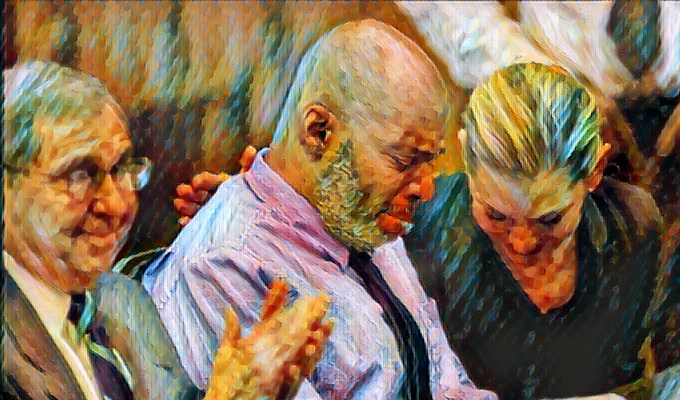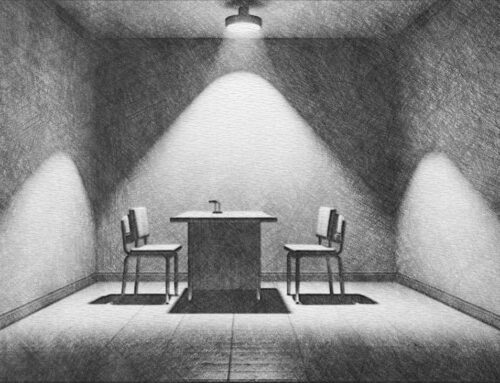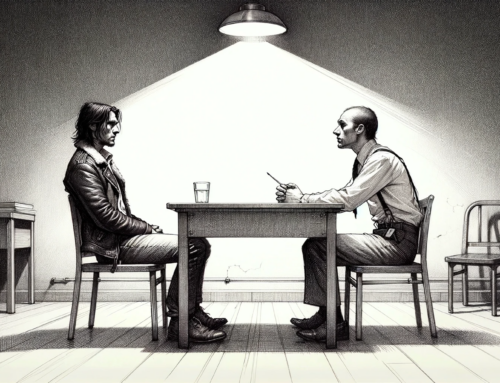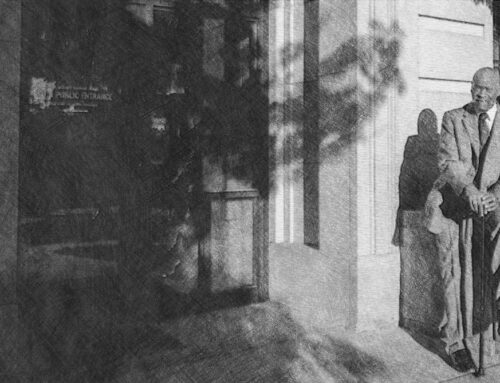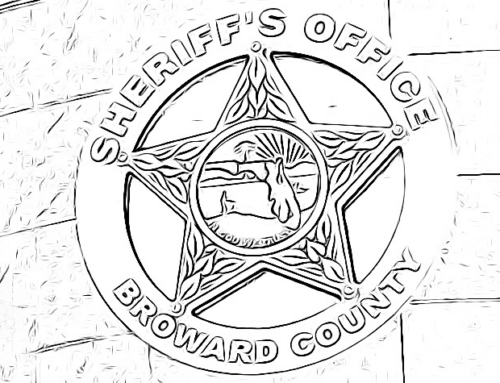A Missouri judge recently overturned the conviction of Lamar Johnson, a man who has served nearly 28 years of a life sentence for a murder he always maintained he did not commit. St. Louis Circuit Attorney Kim Gardner filed a motion in August seeking Johnson’s release after an investigation her office conducted with help from the Innocence Project convinced her he was telling the truth. Gardner applauded the judge’s decision to free Johnson, saying, “This is Valentine’s Day and this is historical.”
However, the case against Johnson was riddled with flaws, highlighting the issues that improperly conducted photo lineups and interviewing methods can cause. For instance, the primary witness in the case, James Gregory Elking, was initially unable to identify the gunmen who killed the victim. Despite this, Elking agreed to view a lineup. When he could not name anyone from the lineup as a shooter, the detective investigating the case allegedly pressured him to identify someone to “help get these guys off the street.” Feeling “bullied” and “pressured,” Elking named Johnson as one of the shooters. Gardner’s office said Elking was paid at least $4,000 after agreeing to testify.
In addition, the case for Johnson’s release was centered around a key witness who recanted his testimony and a prison inmate who claimed it was he, not Johnson, who joined another suspect in the killing. The inmate, James Howard, testified that he and the other suspect, Phil Campbell, decided to rob the victim, who owed one of their friends money from selling drugs. Howard testified that he shot the victim in the back of the head and neck and that Campbell shot the victim in the side. Howard and Campbell years ago signed affidavits admitting to the crime and claiming Johnson was not involved. Campbell has since died.
The wrongful conviction of Lamar Johnson is a clear example of the dangers of relying on faulty eyewitness identifications and interview methods. These flaws can lead to the conviction of innocent people like Johnson, who have to spend decades of their lives behind bars, away from their families and loved ones. It is crucial that the criminal justice system continues to work towards identifying and correcting wrongful convictions and ensuring that people of color are not unfairly targeted or convicted. One way to achieve this is through implementing proper photo lineup procedures and interview methods and educating law enforcement officials about the risks of relying solely on eyewitness identification in criminal investigations.




